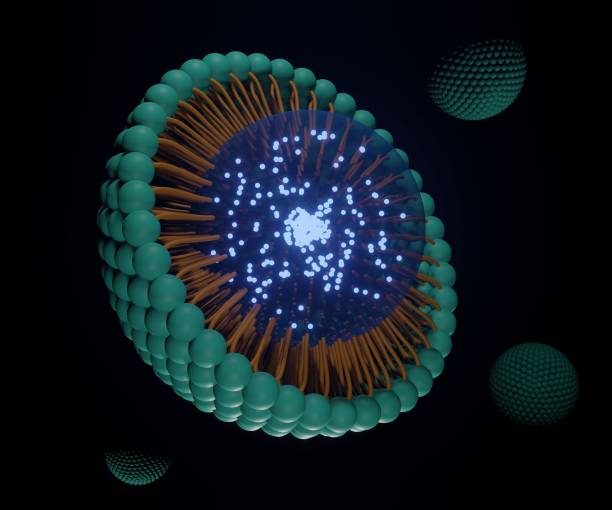Photodegradable Plastics
🔒
Private
Technology Title
Solid-State Battery Materials - Sep 22
Solid-State Battery Materials - Sep 22
Project Title
Photodegradable Plastics
Photodegradable Plastics
Category
Chemistry
Chemistry
Short Description
Copyrighted plastics engineered to degrade under sunlight exposure, reducing environmental pollution.
Copyrighted plastics engineered to degrade under sunlight exposure, reducing environmental pollution.
Long Description
The innovative plastics engineered to degrade under sunlight exposure utilize a proprietary blend of polymer additives and photo-reactive materials. These materials are specifically designed to absorb ultraviolet (UV) radiation from sunlight, triggering a chemical reaction that breaks down the polymer chains. This process, known as photodegradation, enables the plastic material to fragment into smaller pieces, reducing its physical presence in the environment. The rate of degradation can be tailored to specific applications by adjusting the type and concentration of additives, allowing for a customizable lifespan. The plastics are formulated using a combination of traditional polymer processing techniques, such as extrusion and injection molding, with the incorporation of specialized additives. These additives may include pro-oxidants, which accelerate the oxidation reaction that leads to polymer chain scission, and UV sensitizers, which enhance the material's ability to absorb UV radiation. The resulting plastic products exhibit improved mechanical properties, such as tensile strength and impact resistance, while maintaining their biodegradability.When exposed to sunlight, the plastics undergo a series of complex chemical reactions, involving the cleavage of polymer chains and the formation of smaller molecular fragments. These fragments can be further broken down by environmental factors, such as heat, moisture, and microbial activity, ultimately leading to the production of carbon dioxide, water, and biomass. The degradation process is designed to occur in a controlled manner, minimizing the release of microplastics and other harmful substances into the environment.The development of these sunlight-degradable plastics has significant implications for reducing environmental pollution, particularly in areas where traditional plastic waste management strategies are inadequate. By harnessing the power of sunlight to break down plastic materials, this technology offers a promising solution for mitigating the impacts of plastic pollution on ecosystems and human health. Further research and development are ongoing to optimize the performance and sustainability of these innovative materials, with potential applications in packaging, agriculture, and disposable products.
The innovative plastics engineered to degrade under sunlight exposure utilize a proprietary blend of polymer additives and photo-reactive materials. These materials are specifically designed to absorb ultraviolet (UV) radiation from sunlight, triggering a chemical reaction that breaks down the polymer chains. This process, known as photodegradation, enables the plastic material to fragment into smaller pieces, reducing its physical presence in the environment. The rate of degradation can be tailored to specific applications by adjusting the type and concentration of additives, allowing for a customizable lifespan. The plastics are formulated using a combination of traditional polymer processing techniques, such as extrusion and injection molding, with the incorporation of specialized additives. These additives may include pro-oxidants, which accelerate the oxidation reaction that leads to polymer chain scission, and UV sensitizers, which enhance the material's ability to absorb UV radiation. The resulting plastic products exhibit improved mechanical properties, such as tensile strength and impact resistance, while maintaining their biodegradability.When exposed to sunlight, the plastics undergo a series of complex chemical reactions, involving the cleavage of polymer chains and the formation of smaller molecular fragments. These fragments can be further broken down by environmental factors, such as heat, moisture, and microbial activity, ultimately leading to the production of carbon dioxide, water, and biomass. The degradation process is designed to occur in a controlled manner, minimizing the release of microplastics and other harmful substances into the environment.The development of these sunlight-degradable plastics has significant implications for reducing environmental pollution, particularly in areas where traditional plastic waste management strategies are inadequate. By harnessing the power of sunlight to break down plastic materials, this technology offers a promising solution for mitigating the impacts of plastic pollution on ecosystems and human health. Further research and development are ongoing to optimize the performance and sustainability of these innovative materials, with potential applications in packaging, agriculture, and disposable products.
Image


Tags
Second Choice
Second Choice
Email
lilly@yopmail.com
lilly@yopmail.com
